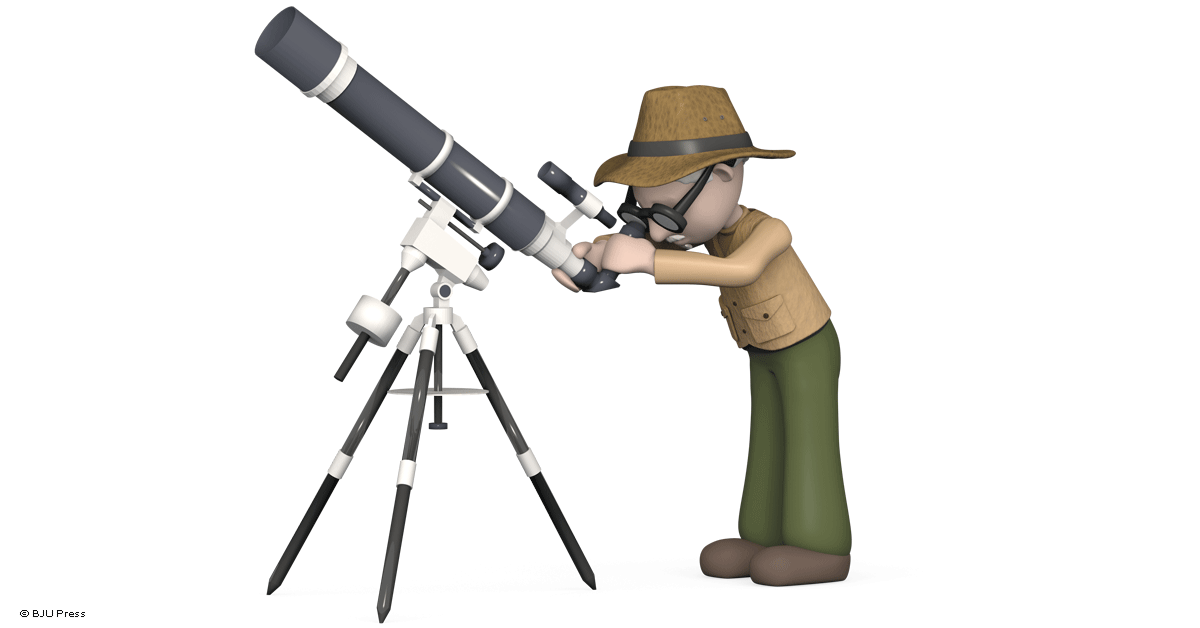“Will a fifth-grade science textbook work for my third and first grader as well? The younger kids might not understand it all, but all of the information is there. Won’t it just challenge them more?”
Every now and then I hear a question like this from someone wondering whether it’s a good idea to use one textbook for multiple children. The answer is generally no, and here’s why: Grade levels are important because spiraling is important.
Have you heard about spiraling?
It’s important that concepts are repeated in each grade. Imagine taking a pen and a sheet of paper and drawing a series of expanding circles without lifting your pen. The first circle is small, but each circle after that gets a little bigger and covers more of the paper. The paper represents a concept from a textbook, and each circle is a new layer of knowledge about that concept. The layers build on each other, and eventually the entire concept is explored.
My father grew up in the 1960’s with very little exposure to technology. Only in the past few years has he started using a computer. Recently he got a smartphone. He asks me for a lot of help, generally when he is trying to learn something that is new to him. I often I have to repeat procedures to him. He’s catching on, but slowly. I never had these growing pains because technology has surrounded me from a very early age. When smartphones came out, I caught on quickly. They were like second nature to me.
Good homeschool textbooks seek to make academic concepts second nature by surrounding your children with them at an early age and repeating and building on them in each grade. This process leads to a fundamental understanding that isn’t easily forgotten. When new ideas come along, students are able to quickly and easily absorb them because the foundation is already there, and they don’t have to learn everything all at once. This educational approach is called spiraling.

How does spiraling actually work?
Elementary science curriculum from BJU Press teaches weather in grades 1, 3, and 5.
In Science 1, weather is explored in a very basic sense. Children are introduced to concepts such as temperature, wind, clouds, rain, and snow, using colorful illustrations of sailboats and flags to present information in a way a six-year-old can easily relate to. They’re not only reading about the idea; they’re seeing it in a way that is meaningful to them with nothing else to clutter the experience.
Science 3 approaches weather in a more complex way. It introduces ways of measuring weather, using thermometers, rain gauges, weather vanes, and more. Again, illustrations are used, but there is much more text that digs deeper into the concept.
Science 5 explores layers of the atmosphere, weather fronts, weather forecasting, and more. Because the basics were introduced in earlier grades, a child is ready to dive into these advanced concepts instead of having to start at the beginning.
By the time children reach Science 5, they have built a foundation of science knowledge and understanding that even more complex ideas can be built on.
Have other questions about homeschool curriculum that you would like us to address in a future post? Let us know in the comments.